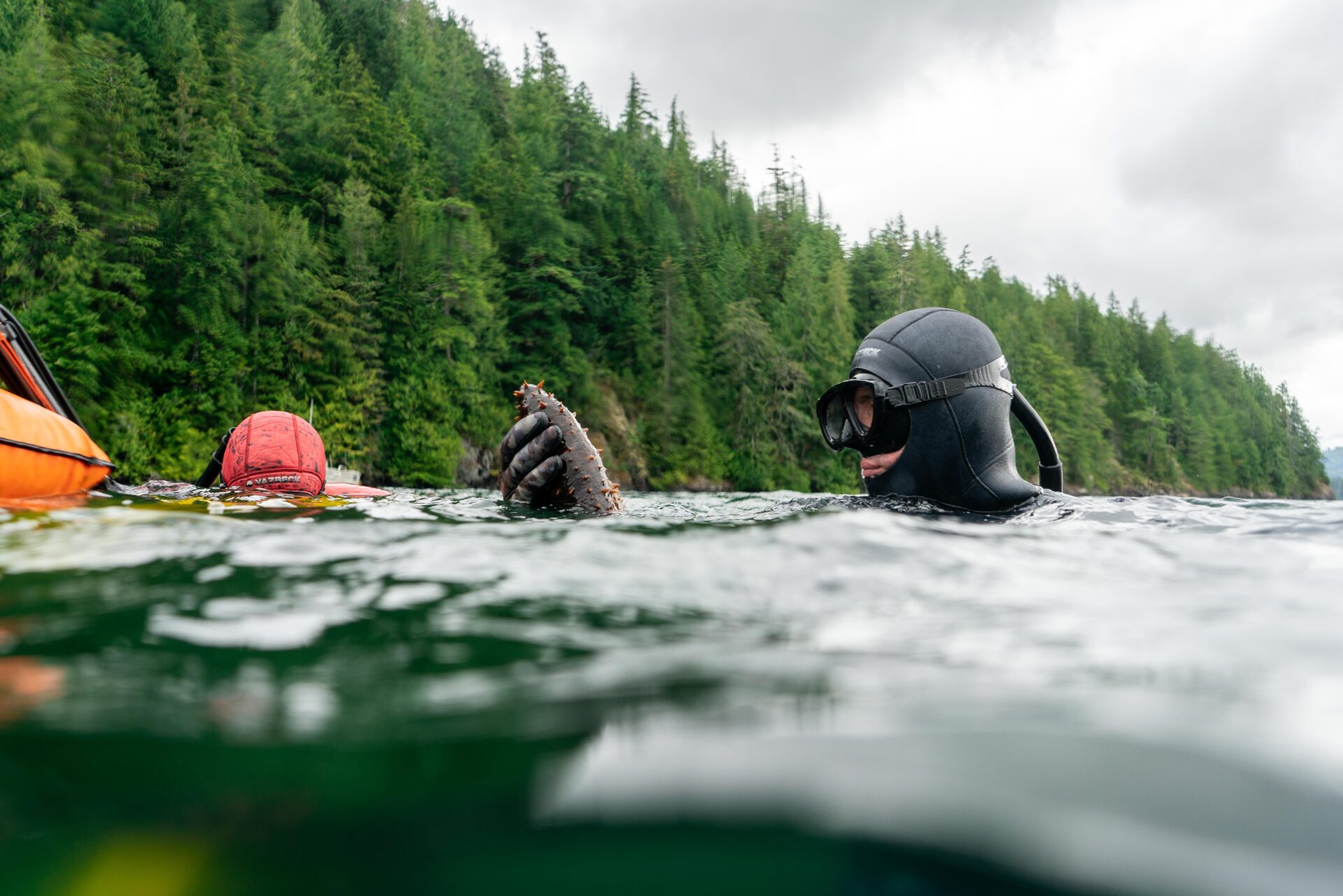The cold waters of the Pacific Northwest can be an unwelcoming place. We have variable conditions, throwing wind, swell, current and visibility challenges at us regularly. We wear thick, two-piece, open-cell wetsuits to battle the elements and carry a strong mind to quiet the voices in our heads in the dark green waters beneath. It’s not all challenging though, and great peace and solitude can be found at depth on a single breath, even in the worst of conditions, with the right headspace. Our winter months bring us the challenge of the cold and turbulent seas and yet reward us with stunning visibility. The summer months allow for better weather with warm, sunny days, but thwart us with algae blooms, which rob us of the daylight and visibility at depth. Every day is a new day with so many variables in place and it’s because of this that it’s so rewarding when everything lines up.
Advertisement
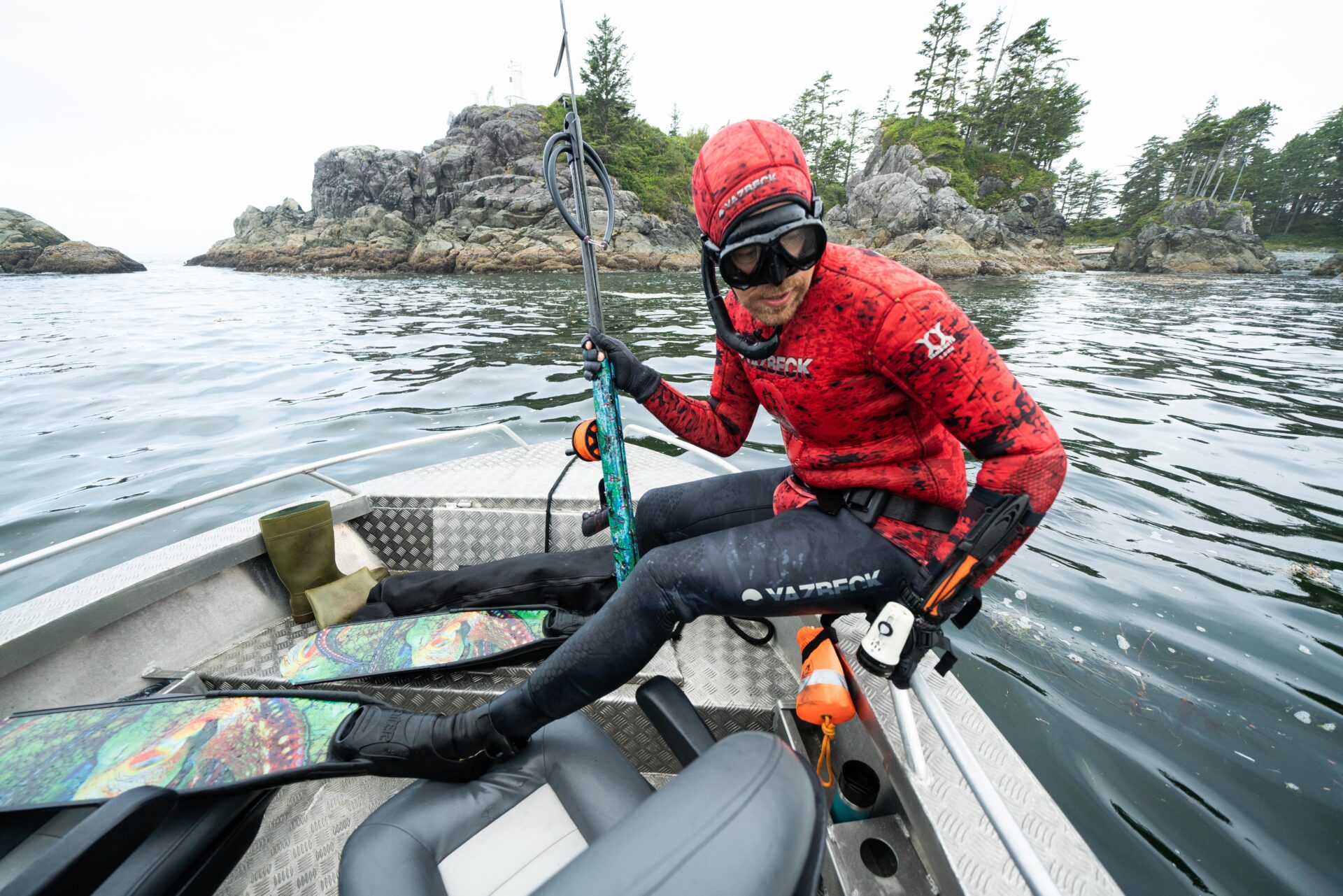
This day with the Bottom Dwellers Freediving and Spearfishing Canada crew was supposed to be one of those days where it all comes together. We were setting off to hit the water and grab what we needed for dinner. It was a complete glass off as the crew sized up the day from the dock at Tofino Resort and Marina (TRM), where we base our Tofino operations out of. Lots of laughs were being had and spirits were high as we fuelled up one of TRM’s Bridgeviews to hit the water with. Mick Sheinberg, Josh Marek, Chase White and I were absolutely psyched as we peeled out to the first dive site. Not a breath of wind and the ocean was as flat as it gets. The clouds weren’t breaking, but who cares? You can’t win them all! We jumped in and we were lucky if we could see the tip of our outreached hand. Everything had lined up, except the visibility, which robbed us of our sight underwater. Our hearts sunk. Poor visibility is something you get used to in the summer months as a freedive harvester, but we still usually get a good six to eight feet and can easily work at hunting lingcod in holes with even less than that. What we had this day was barely two feet of visibility and pitch black underwater all the way down to 25 metres/85 feet. The algae bloom was so thick that the ambient light couldn’t penetrate the first three to five metres. We ran for a good one or two hours, trying different spots, hoping it would open up so we could hunt some lingcod. With only being able to see two feet ahead of us in the narrow beam of our dive lights, all the way down to 25 metres, we decided to pull an audible and switch our focus.
There are challenges that come with freediving and spearfishing in the Pacific Northwest, but the conditions that produce these challenges are also what help create the biodiversity of life found in our waters. The cold waters and strong currents create an abundance of life, leading to an extremely biodiverse ecosystem for us to learn about and harvest from.
Advertisement
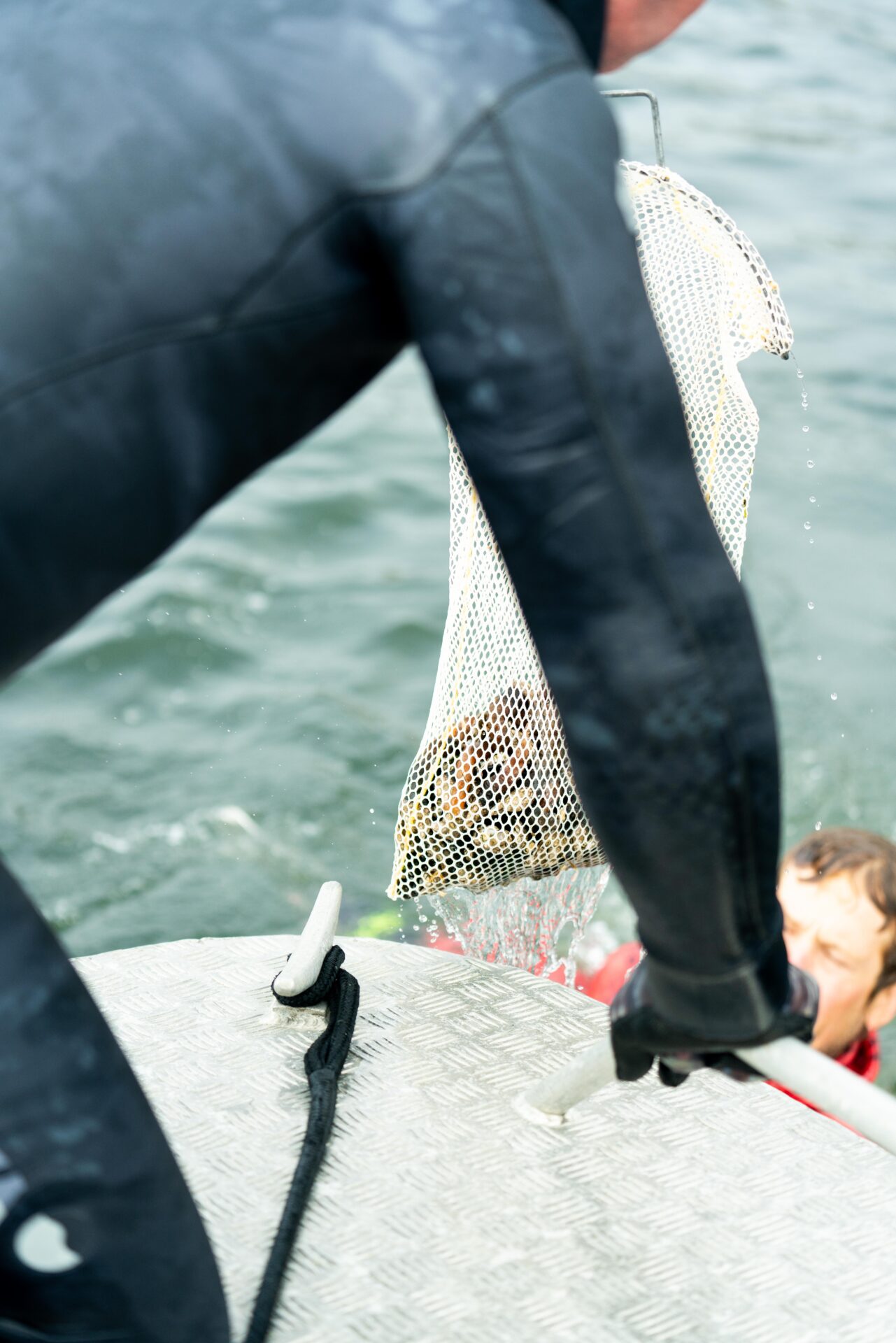
We decided to switch the focus of our harvest list to the easier/shallower or hand-picking targets. We decided first to grab some gooseneck barnacles off the rocks nearby. We quickly ditched our fins and masks and scrambled up the rocks to get to work digging out a good gooseneck barnacle cluster with our flat bars. Gooseneck barnacles are delicious finger fodder that look like something completely prehistoric. They grow by rooting themselves to rocks in clusters and are usually found with mussels growing amongst or around them. Barnacles are in the lobster and crab family and thus are not susceptible to red time the same as bivalves are, otherwise you can be sure we would have been enjoying some mussels too. We grabbed what we wanted for dinner, tossed it in our mesh bag, jumped back in the water and scrambled back up on the boat to head to the next location.
We came upon black rockfish and greenling for some tasty fish tacos in a shallow bay way up the coast from where we had started that day. Here, we used the shallow waters and the light overhead that was just barely getting through to our advantage. We would drop to the bottom and instead of looking outward, we would look back upward toward the surface and start to pick out the silhouettes and then hone in on our targets from there. The visibility was so bad from this August algae bloom and red tide that even in water as shallow as five metres of depth we had to use this tactic and cunning ways to pick out our fish. Black rockfish are a highly underrated fish, in our eyes. They’re super accessible for the beginner spearfisher, they’re densely populated and they are delicious. As fast as rockfish go, they are by far the most sustainable choice and any spearo can feel good about enjoying this fish.
Advertisement
After we snagged our rockfish and a greenling, we made moves to try one last spot at a passage with strong currents where deep water upwelling occurs and has the possibility of creating better visibility. We also chose this spot because we know it holds good urchin and sea cucumber for the picking, should we not get on any fish.
The visibility here was the tiniest bit better at the surface, just better than terrible, but we did manage to get deep enough to get beneath the algae bloom to some extent, where we could see maybe six to eight feet forward into our light beam, otherwise it was pitch dark at 85 feet beneath the surface. Unfortunately, at this location, the only lingcod we saw were undersized and there was nothing else notable to bring home fish wise.
We then got to picking our urchins and sea cucumbers before making our way to the beach for a sunset fire cook up. Urchins are easiest to pick with a flat bar of some sorts to pop their tube feet off the rocks. Their tube feet not only provide the urchin with mobility, but also their ability to sense and see. The main thing with an urchin is to just make sure you do not grab it too hard. Nobody wants a spine breaking off in their finger, leaving shattered, bacteria-covered, glass-like shards behind in your skin. Sea cucumbers can easily be plucked by hand and tossed in a bag. The sea cucumber’s only defences, unlike the sea urchin, are pretty weak. I highly recommend Googling, “Sea cucumber defence mechanism” and having a look at the top hit. Needless to say, you’ll handle them just fine.
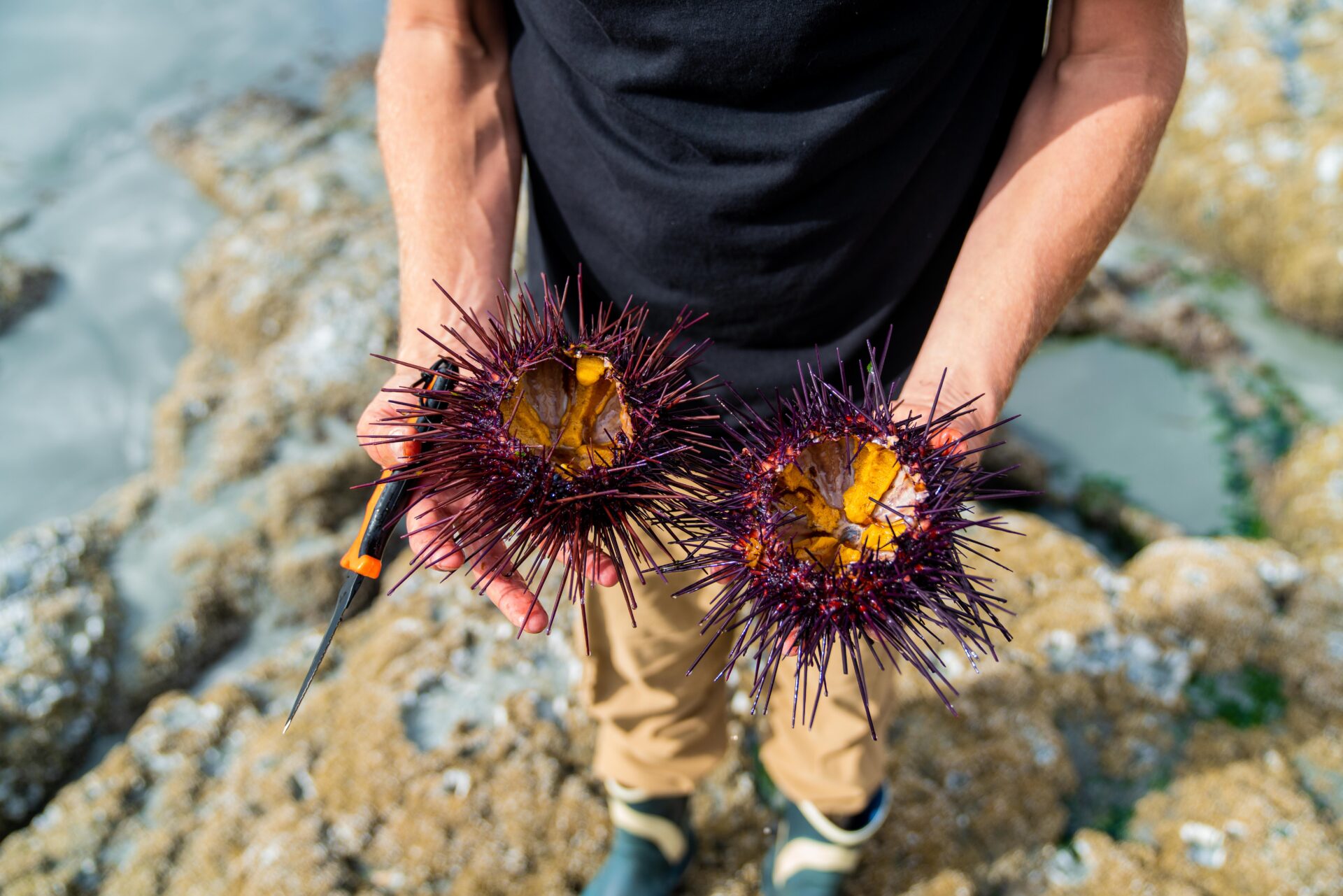
After grabbing what we needed to round out the catch bag, we made our way to a nearby beach on the route home to wrap up the day our favourite way: cooking around a fire with no one else around and enjoying the bounty we harvested that day.
At Bottom Dwellers Freediving, we call this lifestyle freedive-harvesting, as it truly identifies as so much more than just spearfishing. This is because what we’re out there doing is so much more than just shooting fish with a speargun. Don’t get me wrong, there’s nothing more that I like than a platter of lingcod ceviche or fish tacos brought in off a spear, but we also have so much more at our disposal in our local waters aside from fish. Crabs, sea urchins, sea cucumbers, gooseneck barnacles, rock scallops… the list goes on. Part of being a sustainable and ethical hunter and freedive-harvester is keeping your catch diverse. The more you divert your focus to other species to harvest, the less pressure you’ll put on any one species. There’s a bit of a misconception that if you wield a speargun, you’re automatically a sustainable and ethical harvester. It’s unfortunately not that simple and it comes back to the choices that one makes in their hunt and harvest that makes them such. (Spearfishing Canada has a blog on sustainable and ethical harvesting that you can read.)
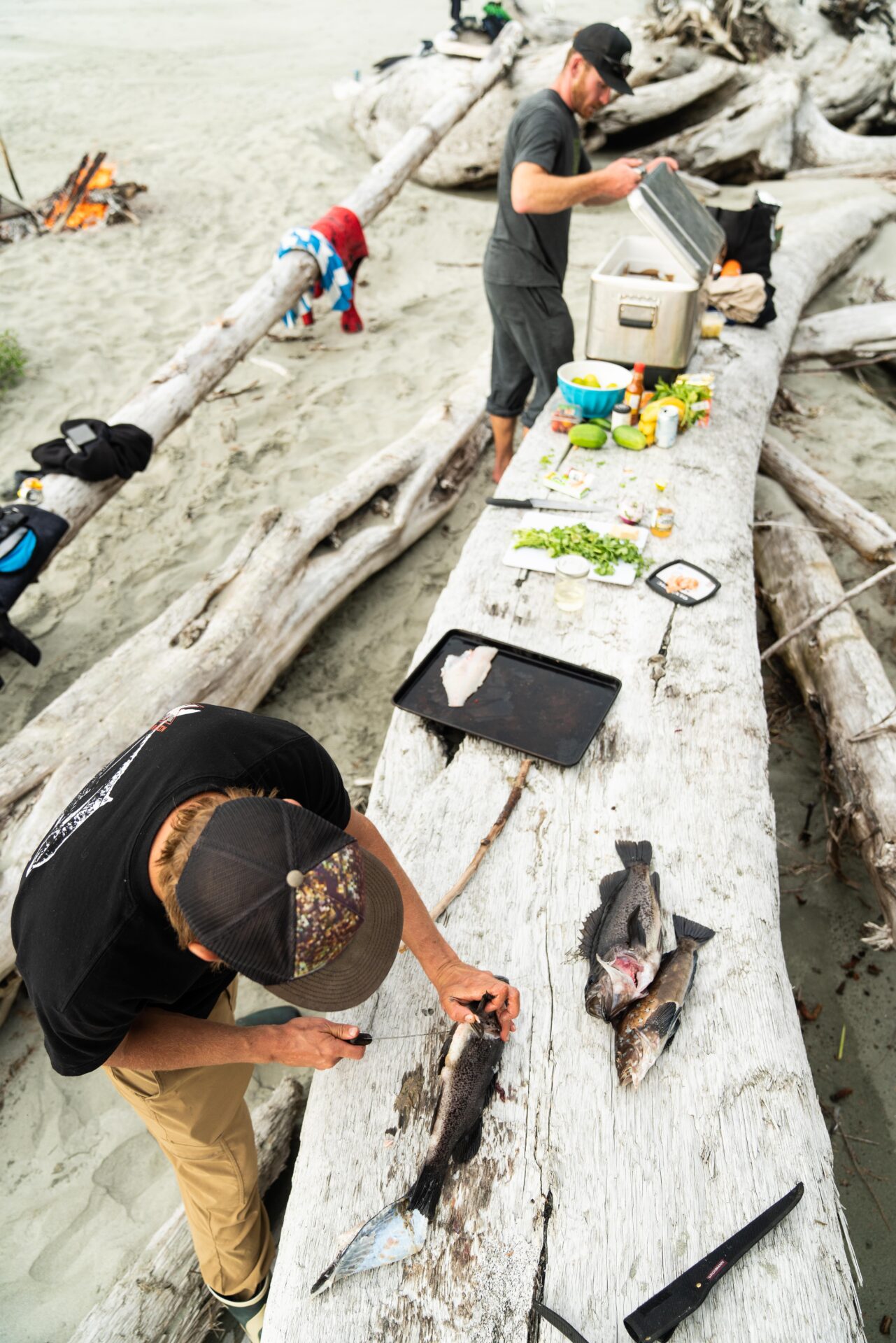
To get out there and be successful, you’ll want to start off with the right knowledge, education and equipment. Taking a freediving course is a key piece in your journey to freedive-harvesting, as you really ought to learn to freedive and hold your breath properly and efficiently before moving on. Proper instruction from a reputable instructional agency will make your experiences more enjoyable, enhance your performance and create a safer environment for you and your dive buddies. Bottom Dwellers Freediving instructs entry level (20 metres/66 feet max depth) and intermediate level courses (40 metres/135 feet max depth). From there, Bottom Dwellers Freediving also offers freedive-harvesting courses and packages to get you out the gates and in the water, harvesting with a sustainable and ethical mindset.
Along with your freediving education and understanding of the sport, you’ll want to grab yourself a reliable kit. Buy once and buy right. Selective in our harvest, selective in our gear. That’s our motto at Spearfishing Canada. This gear becomes an extension of your body and every bit of efficiency and functionality counts the more you hone your craft.
In your freediving kit, you’ll want the following:
- Mask: The most important thing is fit. Low volume is preferred for freediving.
- Snorkel: Keep it simple.
- Long blade fins: Plastic/synthetics are a great place to start and snorkel and scuba fins will work to start out.
- Wetsuit: Seven millimetres for year round, five millimetres for summer months. Two-piece open cell suit preferred for warmth, comfort and flexibility.
- Timing device/dive watch: At first, anything to keep the time of you and your dive buddies’ times and surface intervals.
- Knife/line cutter: Entanglement at depth can be a very real thing. It’s amazing how quickly thin line on the bottom can get you tangled up. It’s always critical to have something to cut yourself free.
- Weight-belt and weights: Should only be worn having had the proper training, for safety purposes. There is a proper way to weight yourself and this is one of the first things you’ll learn in any freediving course
From here, you’ll want to round out your experience, adapt and grow as a freediver, and then slowly start adapting in harvesting. Start simple with hand harvesting for items like urchin, sea cucumber or Dungeness crab while you improve upon those freediving skillsets. From there, you can start throwing in more specific equipment for the further items on the list to harvest. To get out harvesting, you’ll want to start building your kit as you grow and adapt. Share the gear that you can with your dive buddies, if that helps get you out. The number one rule in freediving is to never go alone and with that it makes it easier to share gear with your dive buddies.
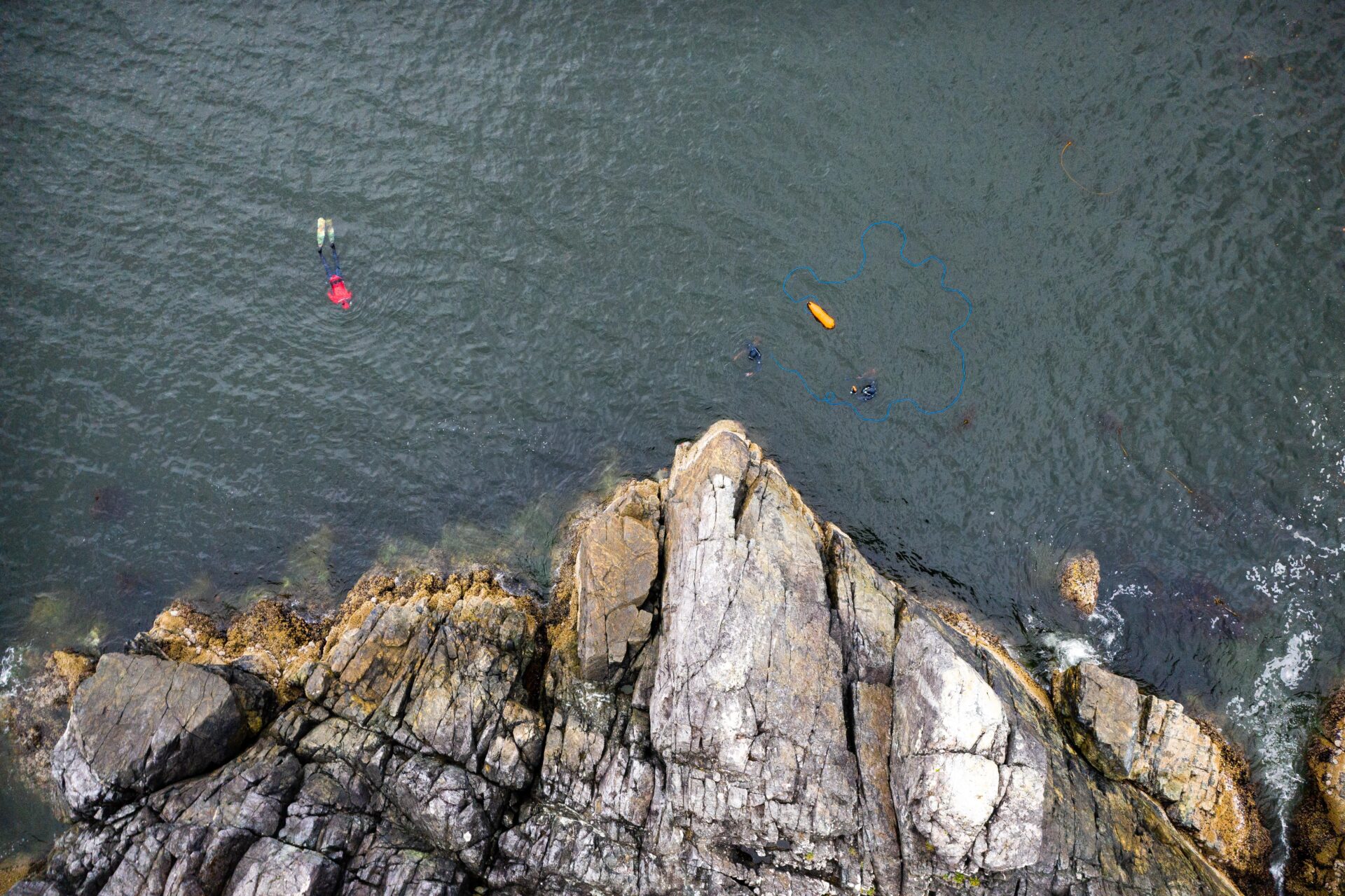
In your basic harvesting kits:
For targeting fish
- Pole spear or small reef speargun: A pole spear is a great way to start out. Affordable, effective and will make things more challenging, teaching you to approach fish better as you progress.
- Float and flag: For marking yourself to all those around you and managing extra gear.
- Float line.
For targeting hand-harvestable items
- Scallop bar: Something flat with a slight taper/edge to get under the item you’re harvesting and pop it off the bottom.
- Mesh harvest bag: Galvanized ring versions are the best.
- Float and flag: For marking yourself to all those around you and managing extra gear.
- Crab gauge.
For a pastime that feels pretty easy to just jump into, there’s a lot of layers to bring it all together. From getting the education, to the right gear, you want to seek advice and knowledge from local professionals that can support you and help you grow into the sport. The most important thing with this lifestyle is to just remember to respect the risks involved, keep it light, take it slow and have fun. Start by getting certified as a freediver and adapt from there. Take a course from a reputable agency and build on the proper fundamentals right out the gate. Our mind and our ego can be our worst enemies when it comes to our performance and our safety in this sport. Leave the ego on land, quiet the mind and be nowhere but in the now. The quickest way to get humbled in this sport is by forcing something driven by outside motivations and taking unnecessary risks. There are amazing experiences to be had throughout all stages of this sport. Whether you’re a beginner or a pro, just remember to enjoy every moment of it. The quiet beauty that one finds sliding and flying through the kelp forests, weightless, is something that everyone should experience for themselves. We have an incredible world accessible to us beneath the liquid curtain in the waters of British Columbia and it’s all attainable on one breath if you’re willing to take the plunge.
